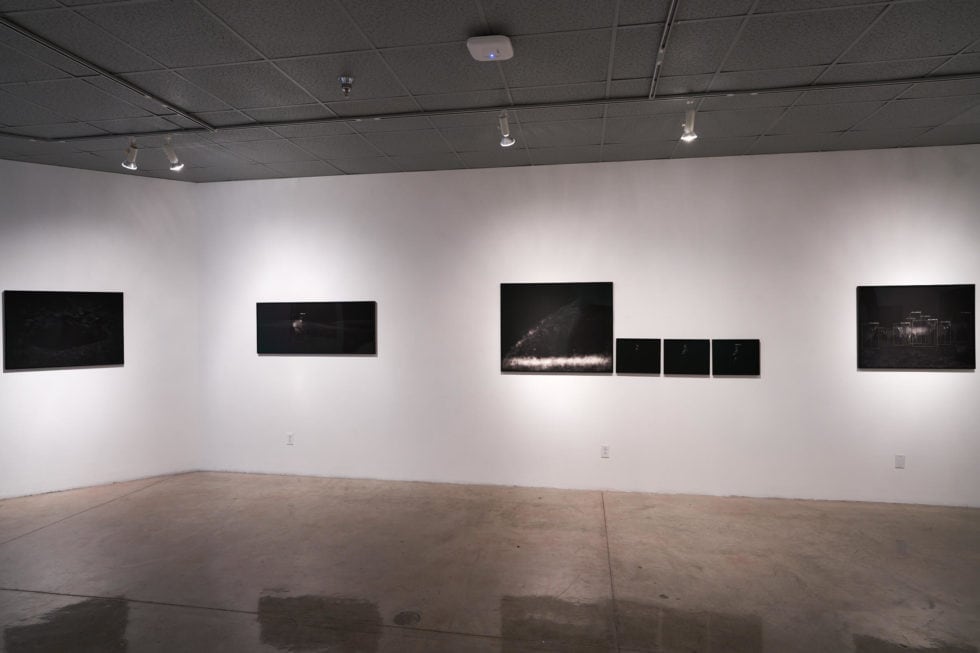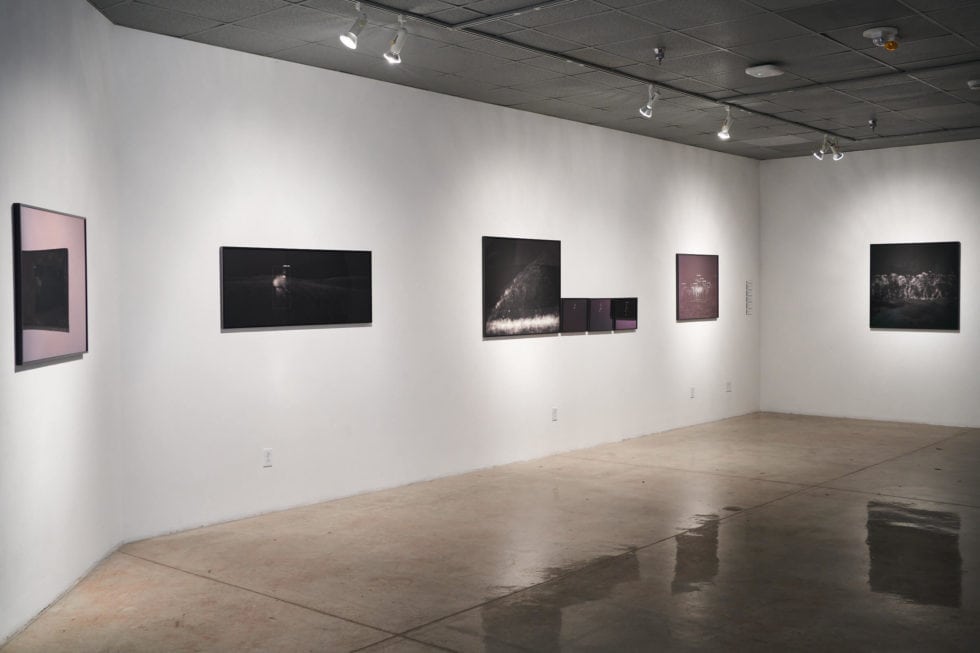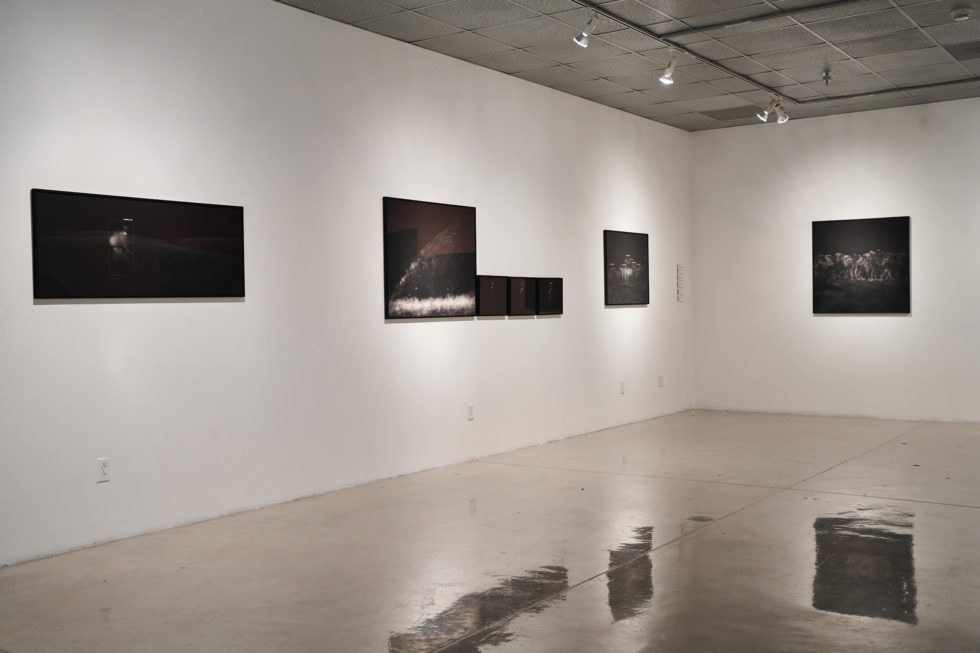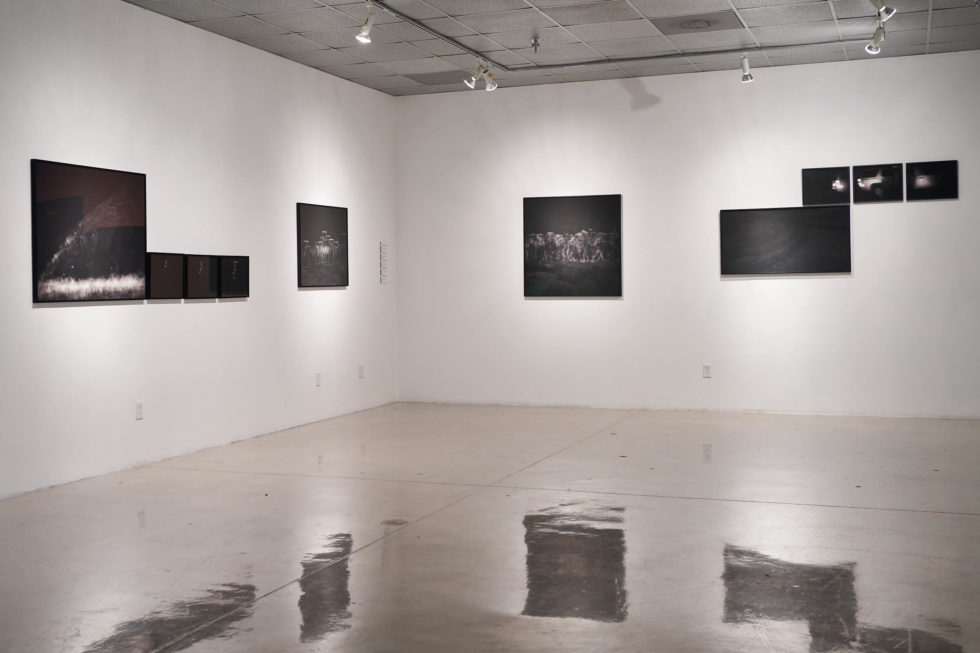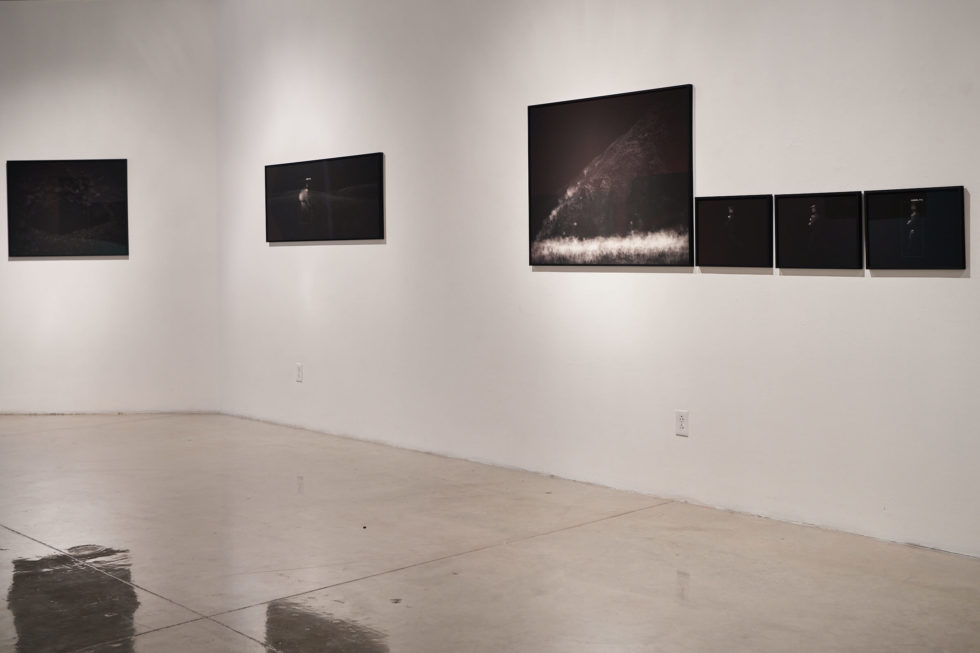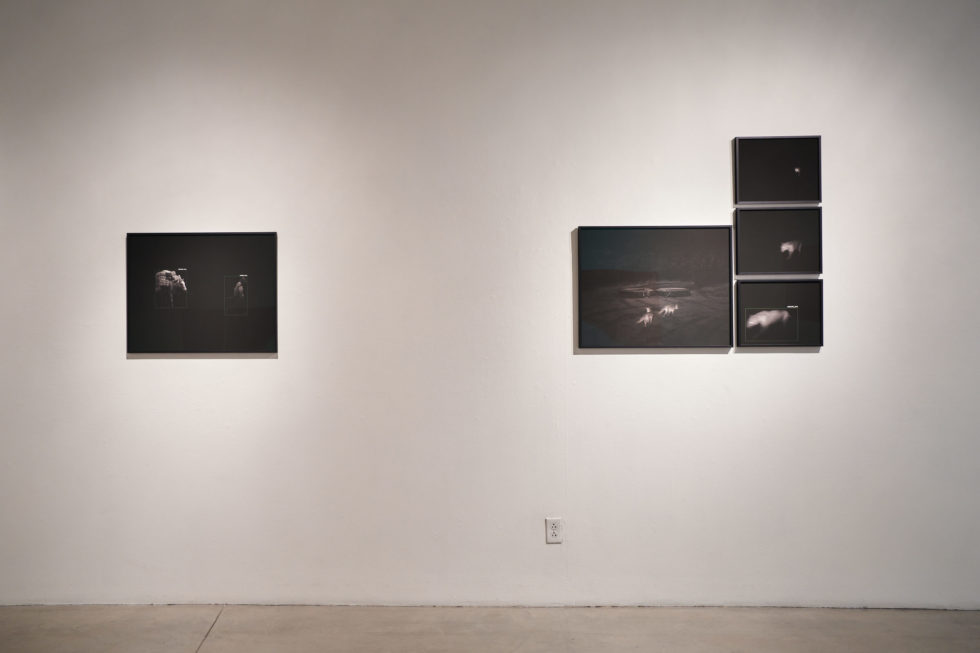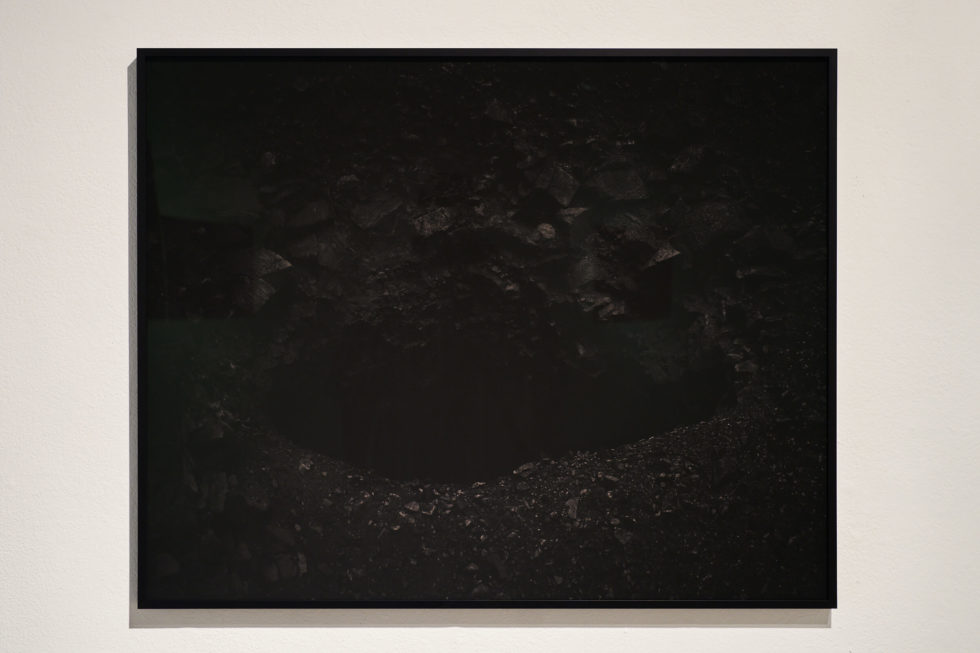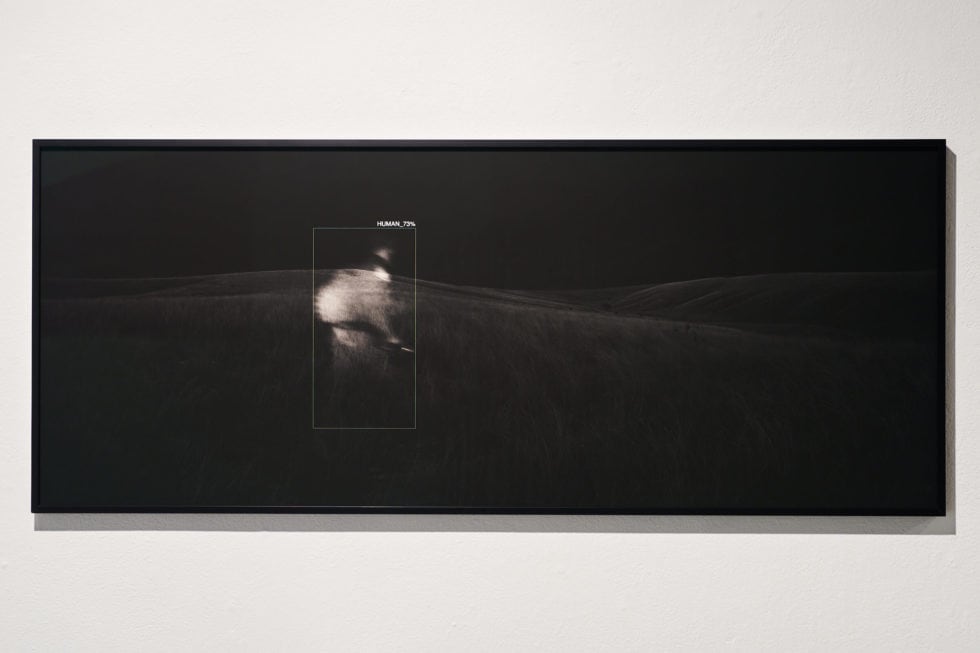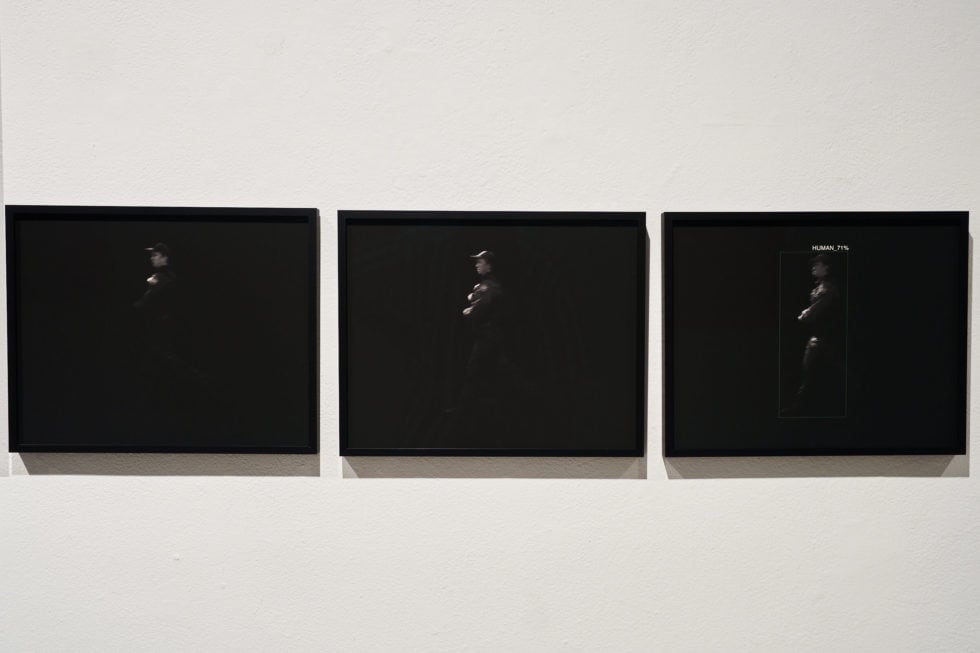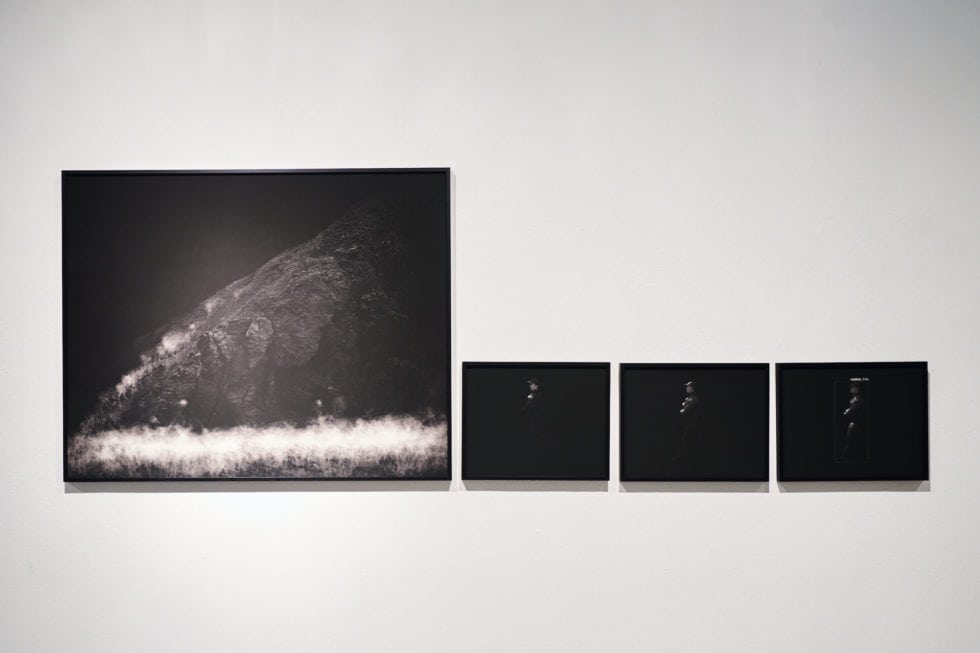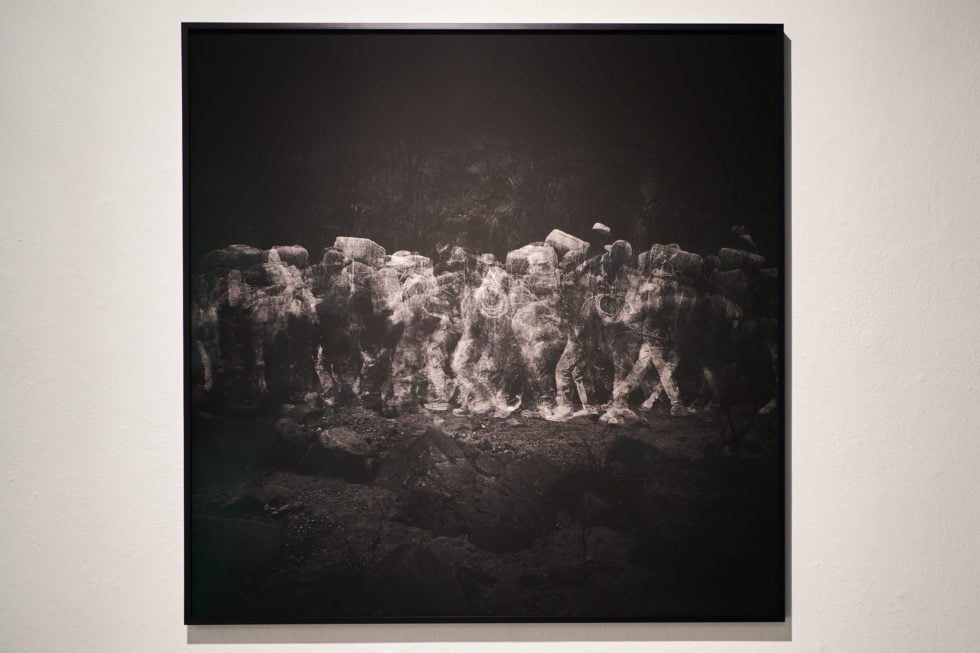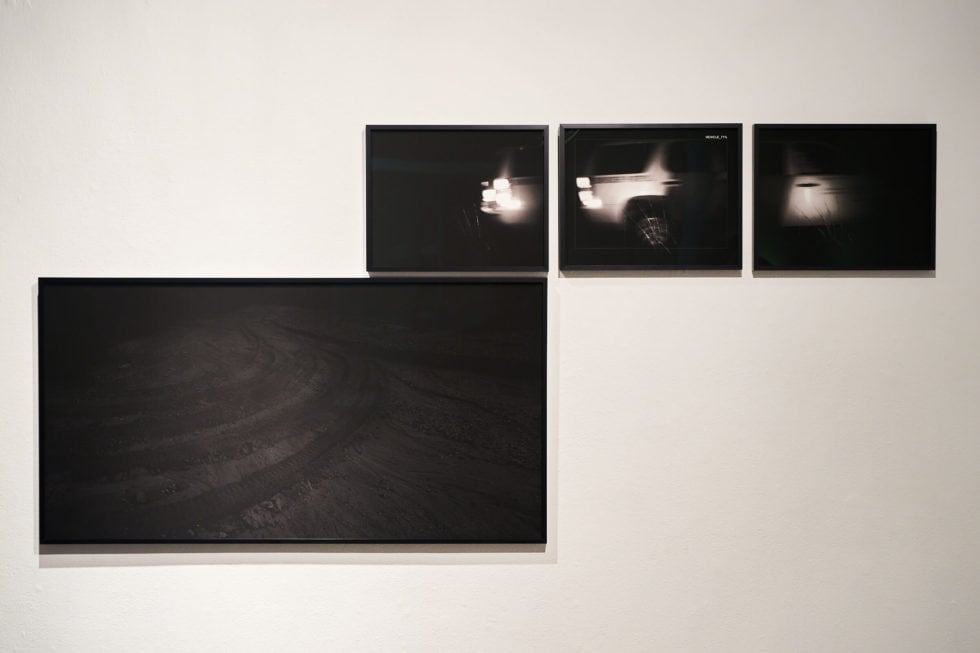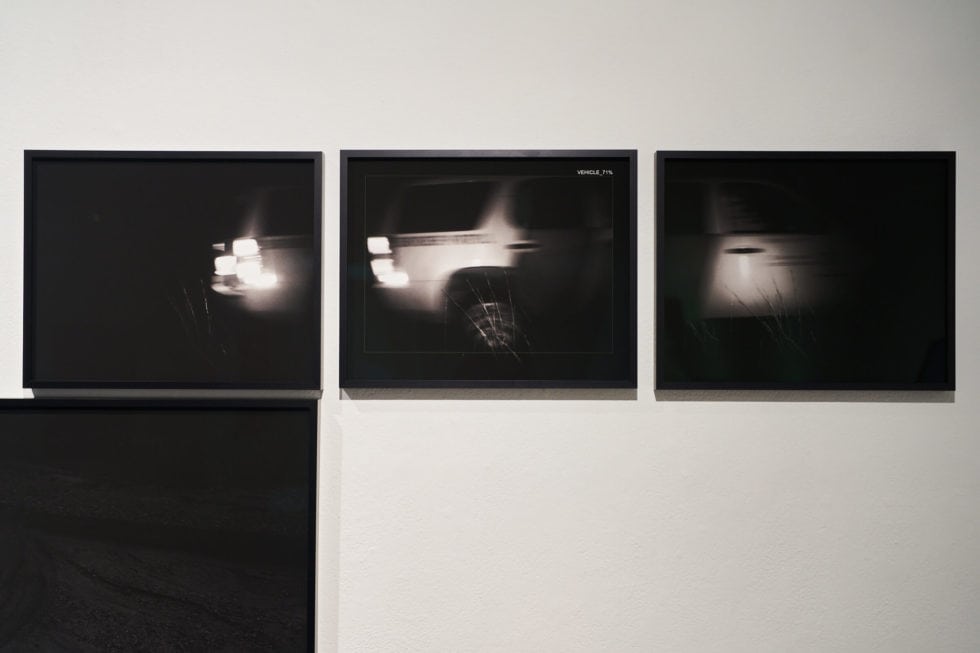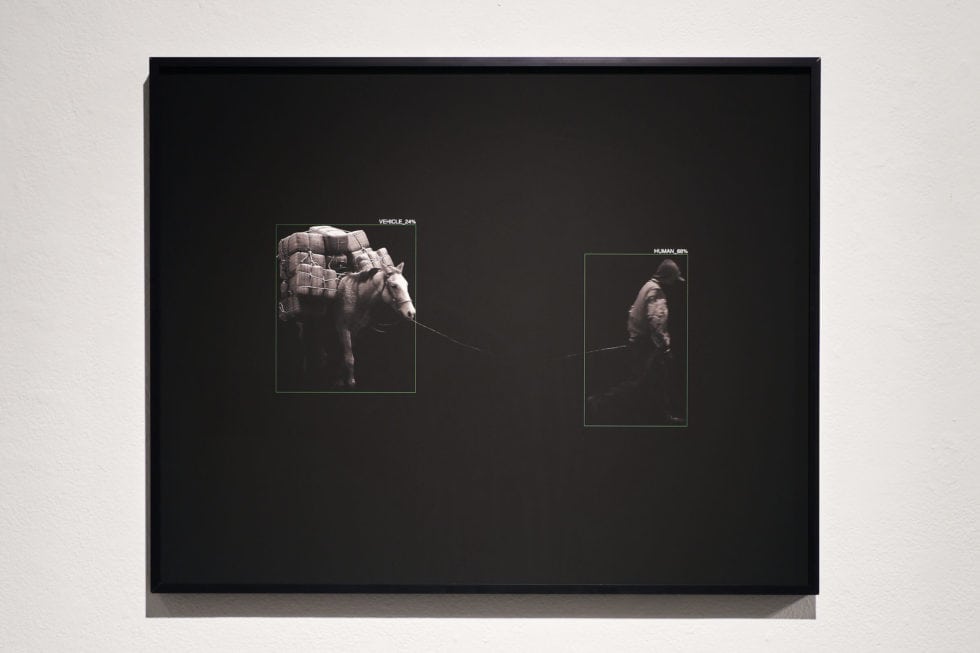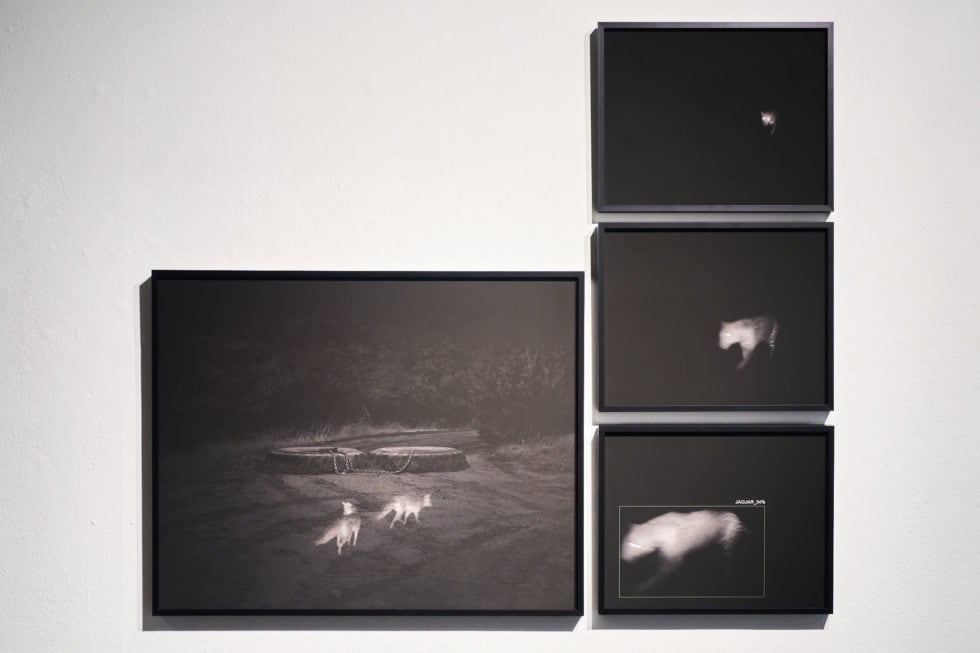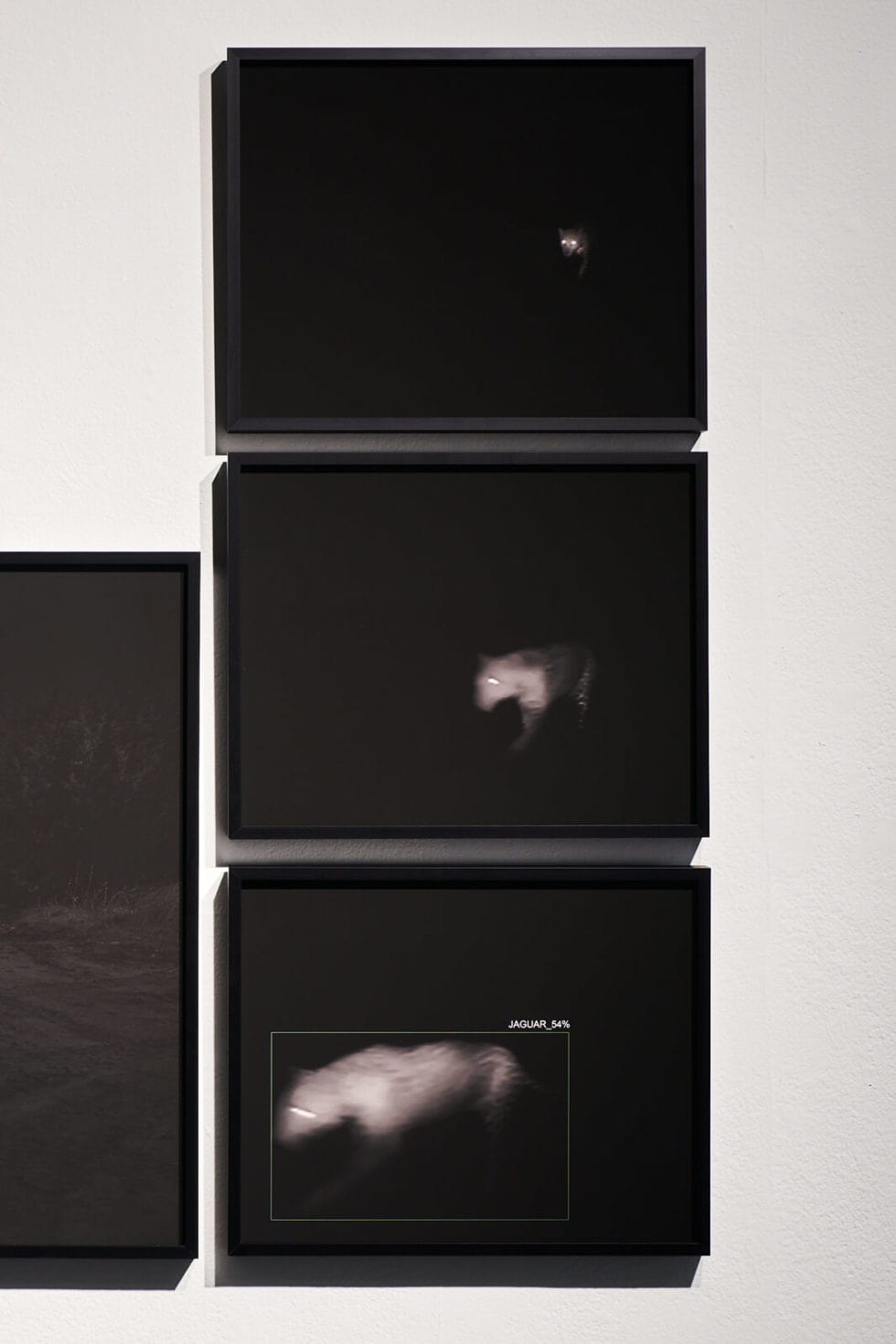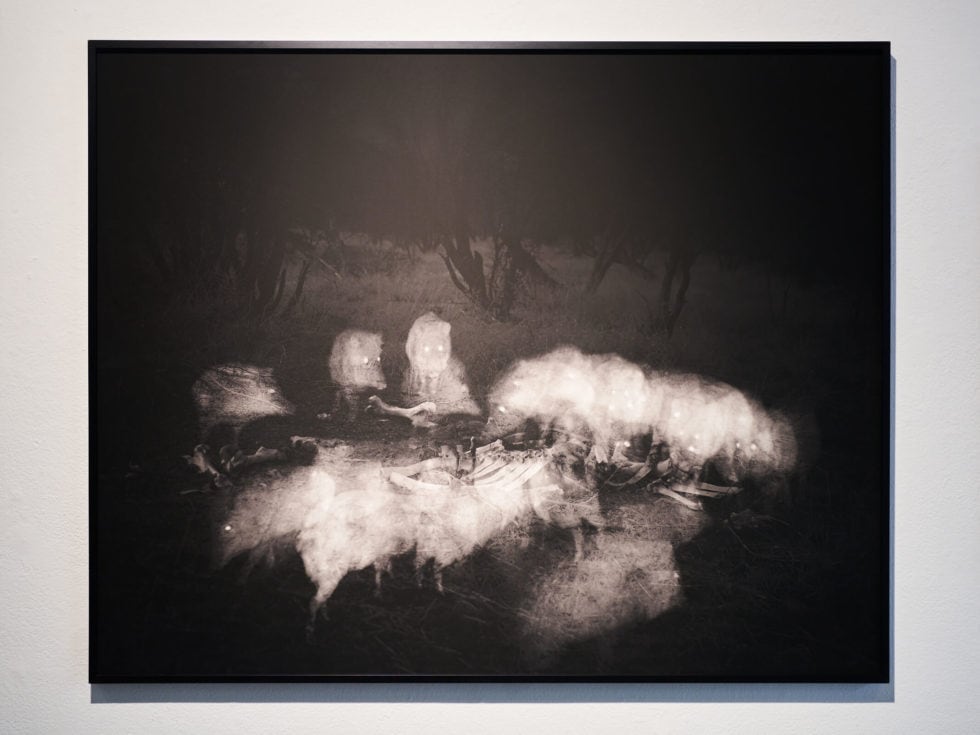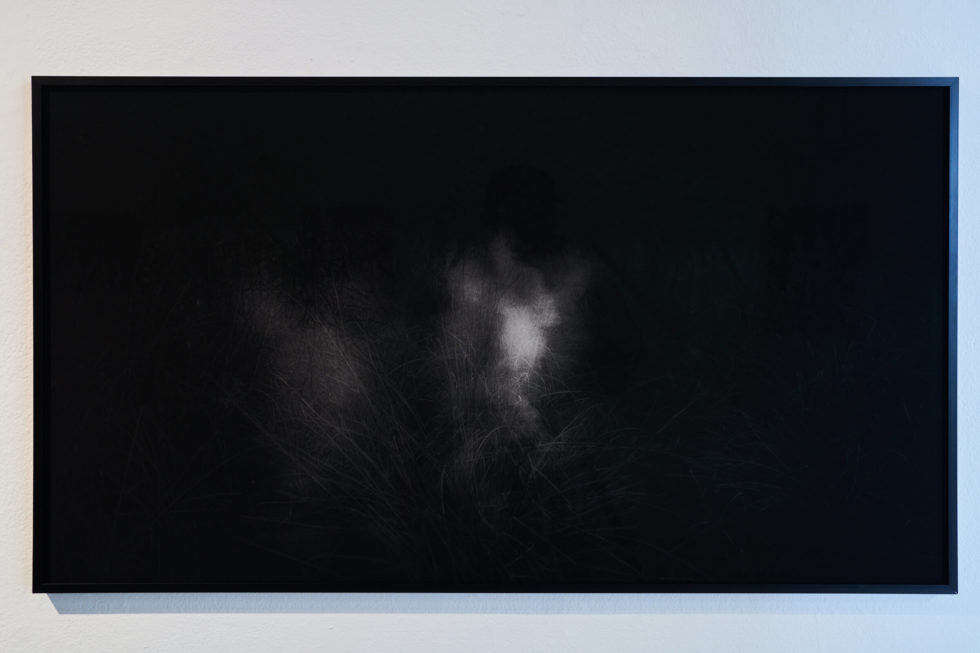Seasonal rainfall carves washes through the borderlands of the Sonoran Desert. Rains end and water evaporates, yet these channels occupy strata both visible and invisible. Currents often rearrange themselves and flow below ground, less susceptible to the seasonal changes above. Humans and wildlife move through this region in much the same way, forming a complex network of fluctuating corridors across two countries. Political, economic, and environmental forces require them to adapt; their movements are fleeting, varied, and mostly hidden. These systems of transit are subject to constant observation and analysis. Individuals and groups, including scientists and government agencies, study them remotely. Their intentions vary greatly, yet their tactics and data sets often overlap and mirror each other. Merging imagery from their technologies with highly resolved landscape photographs, I collapse intimate and distanced depictions of the border landscape. A new, more comprehensive framework for understanding concealed movement emerges, suggesting a continuous circulation just beyond our unaided vision.
Remote-sensing and recognition applications, whether deployed for research or surveillance purposes, monitor similar spaces, capture similar footage, and analyze data using similar algorithmic tools. Their deployers observe and compile narrow information sets consistent with their motives. In many cases, human vision and recognition becomes secondary: the watcher (camera system) informs the identifier (software) autonomously. Despite these tools of enhanced vision, our capacity to see and understand is clouded by layers of detachment. Does de-humanized observation generate an impassive and simplified lens through which to view this complex and contested space? Is there room for empathy in a system that promotes objectivity? I examine these concerns and encourage viewers to consider subjects and scenes beyond their assigned taxonomies and flattened narratives.
Still, the machine eye watches and collects. In the endless accumulation of footage, patterns emerge and individual moments dissolve. The current reveals our presence and our marks, either ephemeral or enduring.



